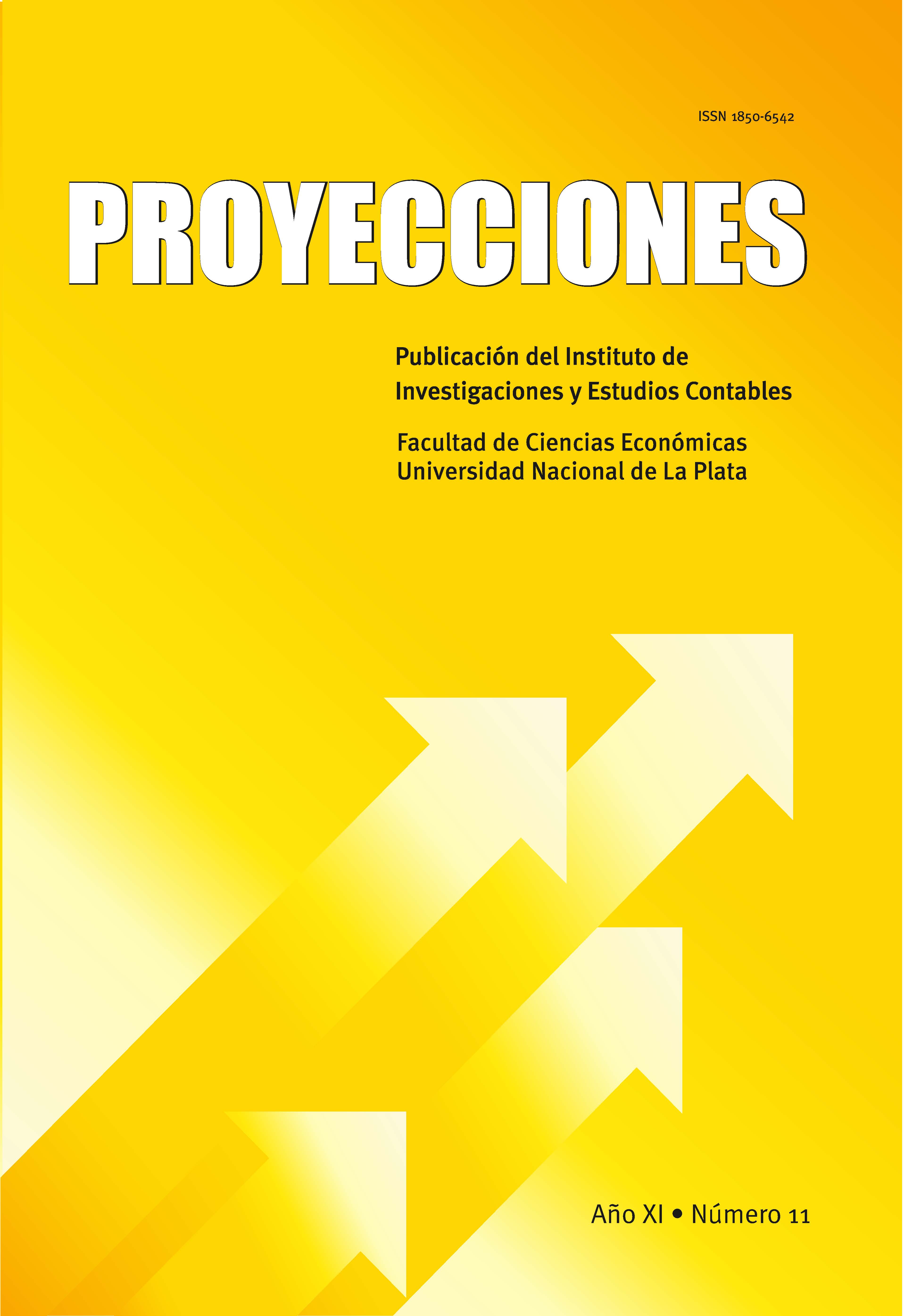Nuevas herramientas tecnológicas en la educación superior
Keywords:
virtual teaching-learning environments, long distance education, higher education, technological educational tools, Internet, information and communication technologies for teachingAbstract
Education is one of the human intellectual activities that has been most affected by technological changes throughout history. From the dissemination of writing, educators have been incorporating permanently the different tools that have emerged, adding value to the educational process with the aim of disseminating knowledge. Who needs virtual education? Perhaps what we first happen to answer, goes through one of these two reasons: numerosity or geography. Most of the current university students have been born with the digital era, leading some authors to differentiate "digital natives" from "digital emigrants". The face-to-face teacher assumes the function of design, planning, application and evaluation, this omnipresence of the teacher who owns the knowledge, changes in the virtual teaching, giving way to the collaborative work of a teaching team, where new roles appear to be assumed. To carry out an analysis that interrelates the different variables in a way that allows defining the structural and conjunctural aspects for the development of an educational model at a distance, we will use the SWOT scheme. The ITCE offer almost infinite possibilities for its application in Higher Education. Key technologies are outlined, considered as extremely important for higher education institutions during the next year, within two or three years and within four or five. For each of them, we will present a description, its relevance for education, examples of its use and additional information for those who want to know more about this technology.
Downloads
Metrics
References
Bello Díaz, R. (2011). Educar.org, obtenido el 9 de Junio de 2015 de: http://www,educar.org/articulos/eduacionvirtual.asp
Bruce, B., & Levin, J. (1997). Educational technology: Media for inquiry, communication, construction and expressión. Journal of Educational Computing Research Nº 17, 79-102.
Castañeda, C., Pimienta, M., & Jaramillo, P. (2008). Usos de TIC en la Educación Superior, obtenido el 10 de Abril de 2015 de: http://www.ufrgs.br/niee/eventos/RIBIE/2008/pdf/uso_tic_educ_superios.pdf
Dávila Espinoza, S. (2000). El aprendizaje significativo: esa extraña expresión utilizada por todos y comprendida por pocos. Contexto Educativo Nº 9, obtenido el 9 de Marzo de 2015 de: https://es.slideshare.net/sdavila/dvila-2000-el-aprendizaje-significativoausubel
Delors, J. y Otros. (1996). La educación encierra un tesoro. Madrid: Santillana. Ediciones UNESCO.
Diario EL Comercio.com (2015). Los jóvenes revisan 53 veces al día su celular, obtenido el 14 de Marzo de 2017 de: http://www.elcomercio.com/tendencias/jovenesrevisan-celular-smartphones-adiccion.html.
Diaz Duran, M., & Svetlichich, M. (2011). Educación 2.0: Una desafiante realidad, VIII Congreso Interamericano de Profesores del Área Contable. Puerto Rico.
Durall, E., Gros, B., Maina, M., Johnson, L., & Adam, S. (2012 -2017). Perspectivas tecnológicas: educación superior en Iberoamérica. Austin Texas: The New Media Consortium.
Fouts, J. (2000). Bill and Melinda Gates Foundation, obtenido el 10 de Abril de 2015 de: http://gatesfoundation.com
Galvis, A. (2004). Oportunidades Educativas de las TIC. Metacursos.
García Aretio, L. (n.d.). Red Digital, obtenido el 3 de Mayo de 2015 de: http://ipes.anep.edu.uy/documentos/libre_asis/materiales/apr_tec.pdf
Garcia Aretio, L., & Marín, R. (1998). Aprendizaje abierto y a distancia. Perspectivas y consideraciones políticas. En M. Mena, La educación a distancia en el sector público. Manual para la elaboración de proyectos INAP. Madrid: UNED.
Hooper, S., & Rieber, L. (1995). Teaching with technology. A.C.Orntein, obtenido el 3 de Mayo de 2015 de: http://contexto-educativo.com.ar/2000/7/nota08.htm.
Infografía: Cómo es el uso del Internet de los universitarios, para estudiar, obtenido el 12 de Marzo de 2017 de: https://www.docsity.com/es/noticias/vida-delestudiante/como-usan-los-universitario-el-internet-para-estudiar/
Jhonson, L., Adam Becker, S., Gago, D., García, E., & Martin, S. (2013). NMC Perspectivas Tecnológicas: Educación Superior en América Latina 2013-2018. Austin Texas: The New Media Consortium.
Johnson, L., Adam Becker, S., Estrada, V., & Freeman, A. (2015). NMC Horizon Report: Edición Educación Superior. Austin Texas: The New Media Consortium.
Laferriére, T., Breuleux, A., & Bracewell, R. (1999). Schoolnet, obtenido el 3 de Febrero de 2015 de: http://www.schoolnet.com
Lardone, M., Cabrera, S., & Scattolini, N. (2002). Sugerencias para fortalecer a la educación a distancia en la Facultad de Ciencias Económicas de la UNRC, obtenido el 4 de Febrero de 2015 de: http://www.eco.unrc.edu.ar/wp-content/uploads/2010/05/Lardone.M1.pdf
Leymonié, J., & Porciúncula, P. (2010). Nativos e inmigrantes digitales: ¿cómo aprendemos y enseñamos? (UCUDAL, Ed.) DIXIT, 10-19.
Lopez Segrera, F. (2001). Globalización y Educación Superior en América Latina y el Caribe. México: UNESCO, IESALC.
Rama, C. (2012). La Reforma de la Virtualización de la Universidad. El nacimiento de la Educación digital. México: UDGVIRTUAL.
Revista Pro Universitarios (2014). Perfil del estudiante universitario. Nro. 40, obtenido el 23 de Marzo de 2017 de: http://pro-universitarios.com/perfil-del-estudianteuniversitario/.
Salinas, J. (2004). La integración de las TIC en las instituciones de educación superior como proyectos de innovación educativa, I Congreso de Educación Mediada con Tecnología. Universidad de las Islas Baleares.
Sanchez, J. (2003). Integración Curricular de las TIC. Conceptos e ideas, Enfoques Educacionales, 51-65.
Serramona, J. (1981). Problemas y posibilidades de la educación. Caracas: Universitas 2000.
Silvio, J. (2003). Tendencias de la Educación Superior Virtual en América Latina y el Caribe, México: Unesco, IESALC.
Downloads
Published
How to Cite
Issue
Section
License
El material publicado en la revista se distribuye bajo una licencia de Creative Commons de Atribución-NoComercial-SinDerivadas 4.0 Internacional (CC BY-NC-ND 4.0). Esta licencia obliga a otros a dar crédito de manera adecuada, brindar un enlace a la licencia, e indicar si se han realizado cambios; no permite hacer uso comercial de la obra; y si se remezclara, transformara o creara otro material a partir de la obra, no podrá ser distribuida esa modificación.




























